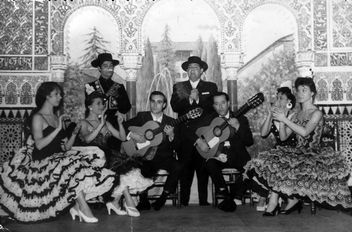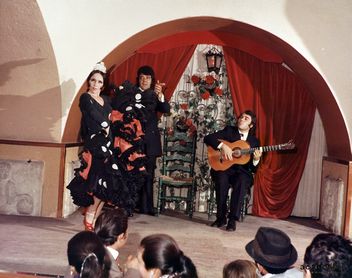flamenco
Geschichte des Flamenco in Barcelona
Barcelona, die mediterrane Stadt, vielleicht wegen ihrer geographischen Lage, die sich dem Handel oder der ständigen Einwanderung der Andalusier öffnet, oder weil sie eine gemütliche Stadt ist, die für jede ausländische Kunstmanifestation geöffnet ist, war neben Sevilla und Madrid eine der Städte, in denen die ersten singenden Cafés eröffnet wurden.
The Flamenco in Barcelona and Carmen Amaya; more than a century of tradition
To imagine the success of the flamenco in Catalonia we must go back to the mid of XIX century when, in the Romanticism, the 4th April 1847 was inaugurated the Grand Theatre Liceu of Barcelona. In this date opened in Seville the first singing café, El Burrero, coinciding with the first April Fair which was created by a Catalan, Narciso Bonaplata and the Basque José María Ibarra.
But let’s focus in the stage of the famous Liceu in the ramblas of Barcelona. The Spanish techniques and the love for the flamenco dance are trendy. For the inauguration they hired the Catalan dancer Juan Camprubí and the dancer Manuela García along with a group of dancers who performed seguidillas manchegas, rondeñas, boleras and cachuchas. The passion of this couple awoke the audience of the Liceu. It is written in the History book of Catalan dance, published by Caixa de Barcelona in 1987:
French dances are all the same, they produce the same effect than chloroform. However, our Camprubí with his Mercadante symphony and his miscellaneous of Spanish dances was perfect.
The billboard renewed with glorious dancers internationally famous: Petra Cámara; Josefina Vargas; Pepita de Oliva; the famous Lola Montes, Rosita Mauri, the Catalan dancer who hold one of the best places in the Paris Opera and the dancer and choreographer Ricardo Moragas. Then it reached the golden époque of the Spanish dance with Juan Magriñá and Rosita Segovia.
Barcelona counted with seventy four singing cafes by the end of the XIX century, among them stood out Café Sevillano; Villa Rosa; Concierto Barcelonés; Concierto Sevilla; Gran Peña; Concierto Triana; Café del Puerto and Café de la Alegría that from 1887 changed its name for Edén Concert. There succeeded in 1908 Faico, María Pantoja, Juana Ortega, Estrellita Castro and even Carmen Amaya in her beginnings as well as the singer Fernando el de Triana.
Who ignores the history of Barcelona can be confused and think that the location of Cordobes in La Rambla is due to its touristic character or because it is a touristic establishment.
But let’s focus in the stage of the famous Liceu in the ramblas of Barcelona. The Spanish techniques and the love for the flamenco dance are trendy. For the inauguration they hired the Catalan dancer Juan Camprubí and the dancer Manuela García along with a group of dancers who performed seguidillas manchegas, rondeñas, boleras and cachuchas. The passion of this couple awoke the audience of the Liceu. It is written in the History book of Catalan dance, published by Caixa de Barcelona in 1987:
French dances are all the same, they produce the same effect than chloroform. However, our Camprubí with his Mercadante symphony and his miscellaneous of Spanish dances was perfect.
The billboard renewed with glorious dancers internationally famous: Petra Cámara; Josefina Vargas; Pepita de Oliva; the famous Lola Montes, Rosita Mauri, the Catalan dancer who hold one of the best places in the Paris Opera and the dancer and choreographer Ricardo Moragas. Then it reached the golden époque of the Spanish dance with Juan Magriñá and Rosita Segovia.
Barcelona counted with seventy four singing cafes by the end of the XIX century, among them stood out Café Sevillano; Villa Rosa; Concierto Barcelonés; Concierto Sevilla; Gran Peña; Concierto Triana; Café del Puerto and Café de la Alegría that from 1887 changed its name for Edén Concert. There succeeded in 1908 Faico, María Pantoja, Juana Ortega, Estrellita Castro and even Carmen Amaya in her beginnings as well as the singer Fernando el de Triana.
Who ignores the history of Barcelona can be confused and think that the location of Cordobes in La Rambla is due to its touristic character or because it is a touristic establishment.
Current vestige of a part of the history of Barcelona
However, it is not true. 40 years ago, when Cordobes opened, Barcelona was far away from the Olympic Games and its opening to tourism. The establishment opened in La Rambla for being a street with a great historic tradition.


Tablao Cordobes is one of the remains of the history of Barcelona, not a touristic artificial place. From the end of XIX century the show rooms and cafes in Barcelona proliferated in El Paralelo, La Rambla and Nou de La Rambla, still today the theatres like El Molino of Paralelo reminds to the past when you could see the very same Carmen Amaya (the best flamenco dancer of all times) in the tablaos of Barcelona.
Tablao Flamenco Cordobes was founded in 1970
In the seventies El Cordobes belonged to the famous businessman Matías Colsada, owner of many theatres of Paralelo and La Rambla. He joined Joan Gaspart to open a tablao flamenco in this establishment.
Cordobes is part of the history of the city, the only establishment that remains from the golden époque of the show business in Barcelona. The only that calls the best artists to its stage and don’t look just for the touristic business. Last 12th Augost Víctor Amela recognized the great character of Cordobes as an institution in an interview to Cristina Hoyos.
Cordobes is part of the history of the city, the only establishment that remains from the golden époque of the show business in Barcelona. The only that calls the best artists to its stage and don’t look just for the touristic business. Last 12th Augost Víctor Amela recognized the great character of Cordobes as an institution in an interview to Cristina Hoyos.
